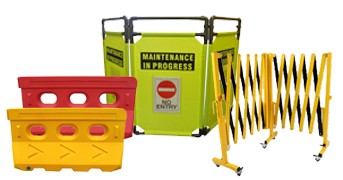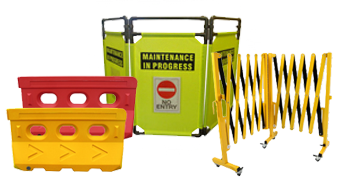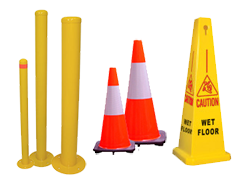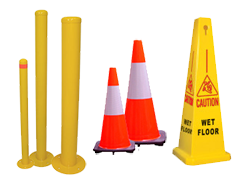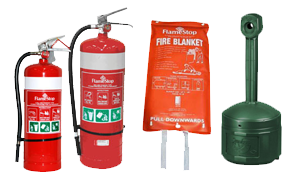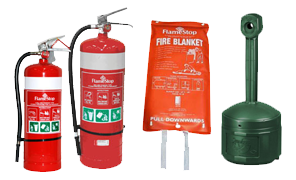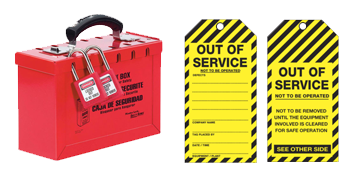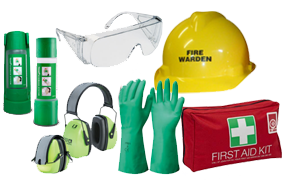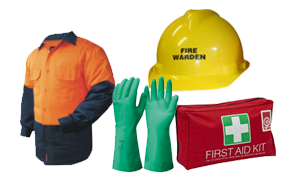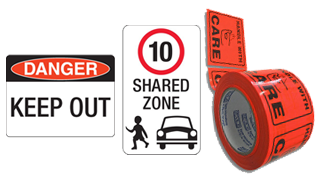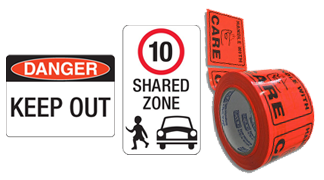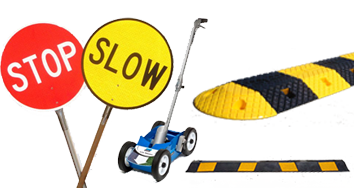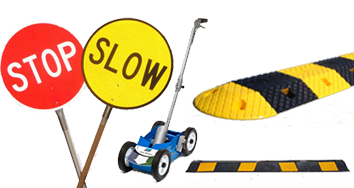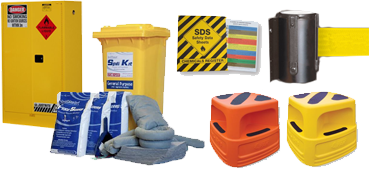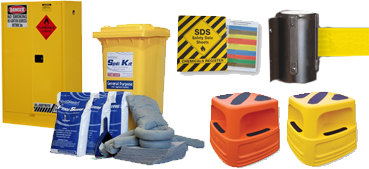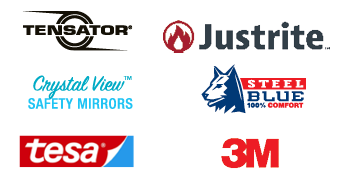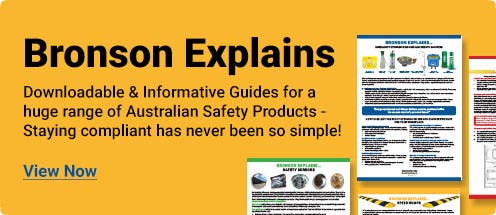The following checklist outlines the roles and responsibilities of a company and their drivers where road-safety measures are applicable. This list conforms to Australian Standards and Australian WHS Laws and regulations, and is intended as an initial list that may be tailored to a company's specific needs.
The Company must:
-
Ensure all employees, including managers and workers, receive a thorough induction in road safety.
-
Identify the potential risks from work related driving.
-
Consult with the drivers to identify any work health and safety issues or risks that may be relevant.
-
Implement measures to eliminate (where applicable) any risks that are identified.
-
Identify trends in reported unsafe road use and work to establish strategies to eliminate this.
-
Take frequent measures to train and review all drivers. If a driver found to be taking unnecessary risks, or is disobeying laws, it may be appropriate to review or even revoke their authority to operate a vehicle.
-
Create an appropriate platform for ongoing training and education that can be used by all employees.
-
Thoroughly review their employees' driving ability every three years. This may be more frequent for employees who regularly operate vehicles in high-risk situations or driving conditions.
-
Ensure appropriate vehicles are provided, that suit the intended use and conform to safety standards.
-
Ensure vehicles are maintained according to manufacturer requirements.
-
Maintain accurate and complete records of maintenance and damage for every vehicle. Discontinue the use of a vehicle if it is not safe to operate.
-
Maintain accurate and complete usage records for all vehicles.
-
Ensure that all vehicles have a a first aid kit on board, that is complete with all relevant supplies for a designated trip.
-
Provide employees with the correct tools for dealing with any issue or situation that may occur. Further, ensure that all employees understand the appropriate use and application for each tool provided.
-
Create an environment where all employees to feel comfortable reporting any issues or accidents that occur.
The Driver must:
-
Comply with all necessary road laws and company policies.
-
Complete all company-assigned training and education.
-
Wear correct uniforms that conform with company policy, including Hi Vis PPE, hats and sun glasses (where applicable).
-
Plan ahead to minimise risks to all involved, including themselves, passengers and other road users.
-
Take action to familiarise themselves with the vehicle they are driving.
-
Report any and all vehicle problems or required maintenance, however small.
-
Report all accidents and vehicle damage, as well as any resulting injury, to the company. This should include near-miss situations.

